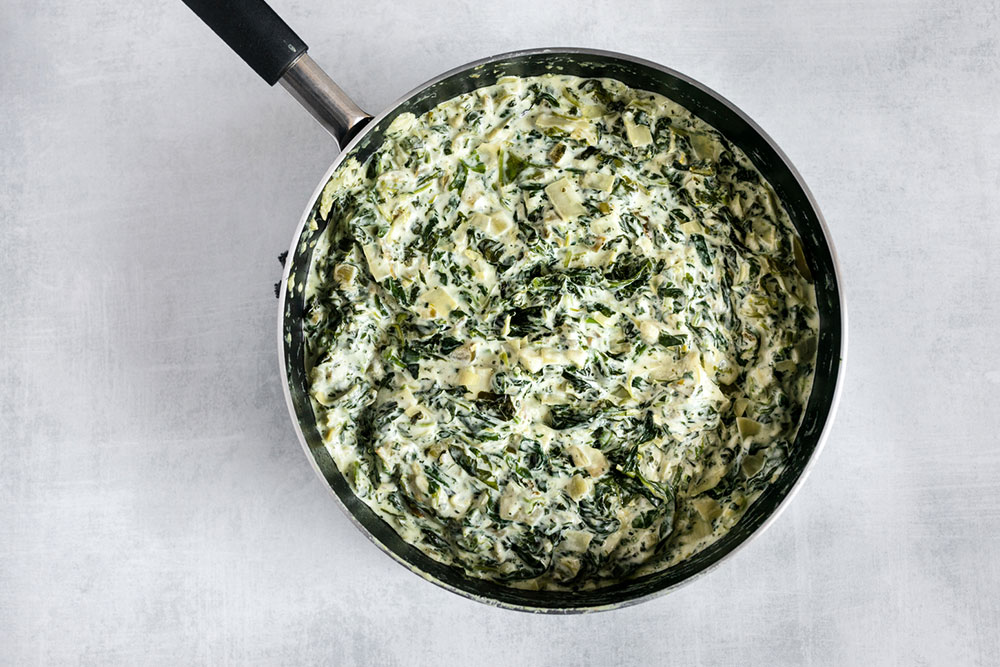
8 foods to increase platelet count naturally
Thrombocytopenia is a health condition in which a person’s platelet count drops below the normal range. It leads to symptoms like easy bruising, prolonged bleeding from minor cuts, and, in severe cases, spontaneous bleeding. Thankfully, there are several ways to improve platelet levels. One of the best solutions is to switch to a healthy nutrition plan. Mentioned below are eight everyday foods that may help raise one’s platelet count naturally.
Spinach
Leafy green vegetables like spinach, kale, collard greens, and Swiss chard are rich in vitamin K. This vitamin plays a crucial role in blood clotting. Most of these veggies are also replete with antioxidants like beta-carotene and lutein, which shield cells from damage and improve overall cardiovascular health. Including these greens in daily meals not only aids in platelet production but also fortifies the body against oxidative stress.
Chicken
Chicken and other lean protein sources like skinless poultry, turkey, fish, tofu, and legumes provide a range of benefits. For instance, they supply the body with essential amino acids. These acids are instrumental in producing platelets and other vital blood components. Lean protein sources are also low in saturated fats, supporting the cardiovascular system.
Blueberries
Berries, including blueberries, strawberries, and raspberries, are powerhouses of antioxidants. Anthocyanins, the pigments responsible for the vibrant colors of berries, help combat oxidative stress and inflammation. Additionally, these tasty wonders are brimming with vitamin C, which not only supports the immune system but also plays a pivotal role in platelet function.
Salmon
Salmon and other varieties of fish like tuna, sardines, and mackerel are treasure troves of healthy fats, particularly omega-3 fatty acids. Omega-3s exhibit anti-inflammatory properties, ensuring proper platelet function. By regularly incorporating these fish into one’s meals, individuals can sustain an ideal platelet count and maintain a healthy body.
Oranges
Oranges are repositories of vitamin C. It is a potent vitamin integral in maintaining blood vessel health and supporting platelet function. Vitamin C is also necessary for absorbing iron from plant-based foods, ensuring the body can produce ample platelets. Another great thing about vitamin C-rich foods like limes, lemons, oranges, and kiwis is that they help prevent oxidative damage to the cells.
Almonds
Nuts like almonds, walnuts, and cashews and seeds like flaxseeds, chia seeds, and pumpkin seeds have essential nutrients. Walnuts and flaxseeds, for instance, are rich sources of omega-3 fatty acids that play a vital role in reducing inflammation and supporting platelet function. Nuts and seeds are also rich in fiber, antioxidants, and various vitamins and minerals that contribute to a balanced platelet count.
Oats
Whole grains like quinoa, brown rice, oats, and whole wheat pasta are nutrient-dense energy sources. They are replete with essential nutrients like B vitamins and iron, which support overall health and contribute to the maintenance of an optimal platelet count.
Lentils
Legumes, encompassing lentils, chickpeas, and beans, are excellent plant-based protein sources. They are also rich in fiber, iron, and other essential minerals. These nutrients are crucial for maintaining overall health and supporting platelet function.
Incorporating these foods into one’s meals can impact platelet count positively by providing essential nutrients that support their production and function. However, individuals must speak to a doctor before adding low-platelet foods to the nutritional regimen.
What to avoid?
While some types of foods are good for low platelets, others can be counterproductive and worsen the condition. Here is a list of low-platelet foods to avoid:
Garlic
Garlic and onions offer numerous health benefits but contain compounds like allicin that can interfere with platelet function. Thrombocytopenia patients must enjoy them in moderation and consult a healthcare provider if concerns arise. Being mindful of one’s garlic intake is essential to better platelet health.
Spices
Spicy foods, while flavorful, can sometimes irritate the digestive system and affect platelet function. Hence, individuals must enjoy them in moderation and pay attention to their spice tolerance level. Adjusting a meal’s spiciness lets one support platelet function while enjoying flavorful cuisine.
Processed foods
People with a low platelet count must avoid ultra-processed foods, particularly those high in sugar, unhealthy fats, and sodium. These foods can contribute to inflammation and negatively affect platelet function. It’s best to limit the intake of these items and opt for whole, nutrient-dense alternatives.
Experts suggest eating nutrient-dense foods during each meal and getting enough fiber. Foods like chicken, spinach, and almonds can be used in salads, smoothies, grain bowls, snacks, and other recipes. While there are many foods for low platelets, patients must introduce them gradually to help the stomach and bowel get used to them and not cause digestive distress.




